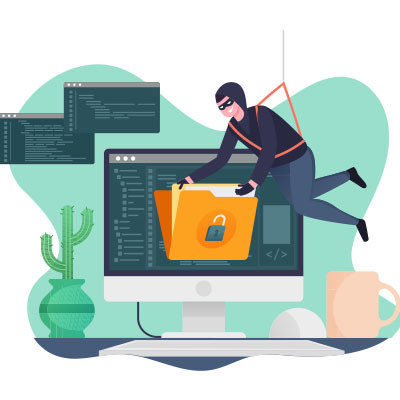When your employees struggle with their technology, who do they turn to? Do you have anyone at your business who is, without a doubt, the go-to IT resource who can help them address simple issues like changing a password or fixing a problem with their workstation? There is a name for this kind of support: the help desk. Let’s discuss why your business needs one and why it might be in your best interest to outsource this responsibility.
- You are here:
-
Blog

- Recent Blog Posts
Washington Works Blog
There has recently been a surge in cyberattacks and data breaches targeting the healthcare industry and its affiliated businesses and vendors. With one such attack currently featured prominently in the headlines, it seemed appropriate to consider why this is and what businesses of all kinds—particularly those in healthcare—need to do to prevent this kind of thing from happening to them.
All things considered, Windows 11 has received favorable reviews, although it can also be considered a somewhat unnecessary upgrade from Windows 10. Upgrading has significant benefits, provided you have the hardware to handle it. Microsoft wants users to have accounts to install the operating system, but there is a way to install Windows 11 without it.
No matter what type of business you run or the services you provide to the community, chances are you must adhere to at least some compliance laws and regulatory requirements dictated by state or federal governments. Today, we want to make it abundantly clear that you must protect your business’ data to avoid inadvertently becoming subject to the massive fines associated with these laws.
Ensuring cybersecurity is important for individuals both in their professional and personal lives. Hence, I've compiled a set of cybersecurity practices that you should advocate for your team, especially when they're working remotely or during their personal time.
Are you prioritizing your business’ network security? It’s remarkably important that any modern business focuses its efforts on this aspect of running a company. Still, it can be challenging to implement the right tools for the job—particularly if you are a future-minded business. You want to get the best return on your investment, which makes sense. Let’s help you get there.
It seems like with every day that passes, there is a new sinister cyberthreat to worry about, and it’s crucial that businesses learn as much as possible about how to keep themselves safe as they can. There is simply too much at stake not to. That said, there are broad categories that most threats will fall under. Today, we’re going to explore them.
You love your pets. They are part of your family and bring you more joy than most other things. Unfortunately, pets and technology simply don’t mix. In today’s blog, we thought we’d go through a few tips that can help you protect your technology from your furry (or not-so-furry) friends.
The cloud comes in a few different forms. You have private cloud solutions, which are those that a business maintains in-house for their own use, and you have public cloud solutions, which are those that an external business hosts and provides to subscribers. While both have their place in modern business operations, we wanted to take a few moments to focus on the public cloud and the various benefits that it has to offer.
Our digital footprint is extensive and vulnerable, from personal information to financial details. While many may believe they are impervious to data theft, the stark reality is that no one is truly immune. Today, we will take a look at a couple of reasons why individuals, regardless of their experience with technology, are not exempt from data theft.
Mobile? Grab this Article!
Tag Cloud









